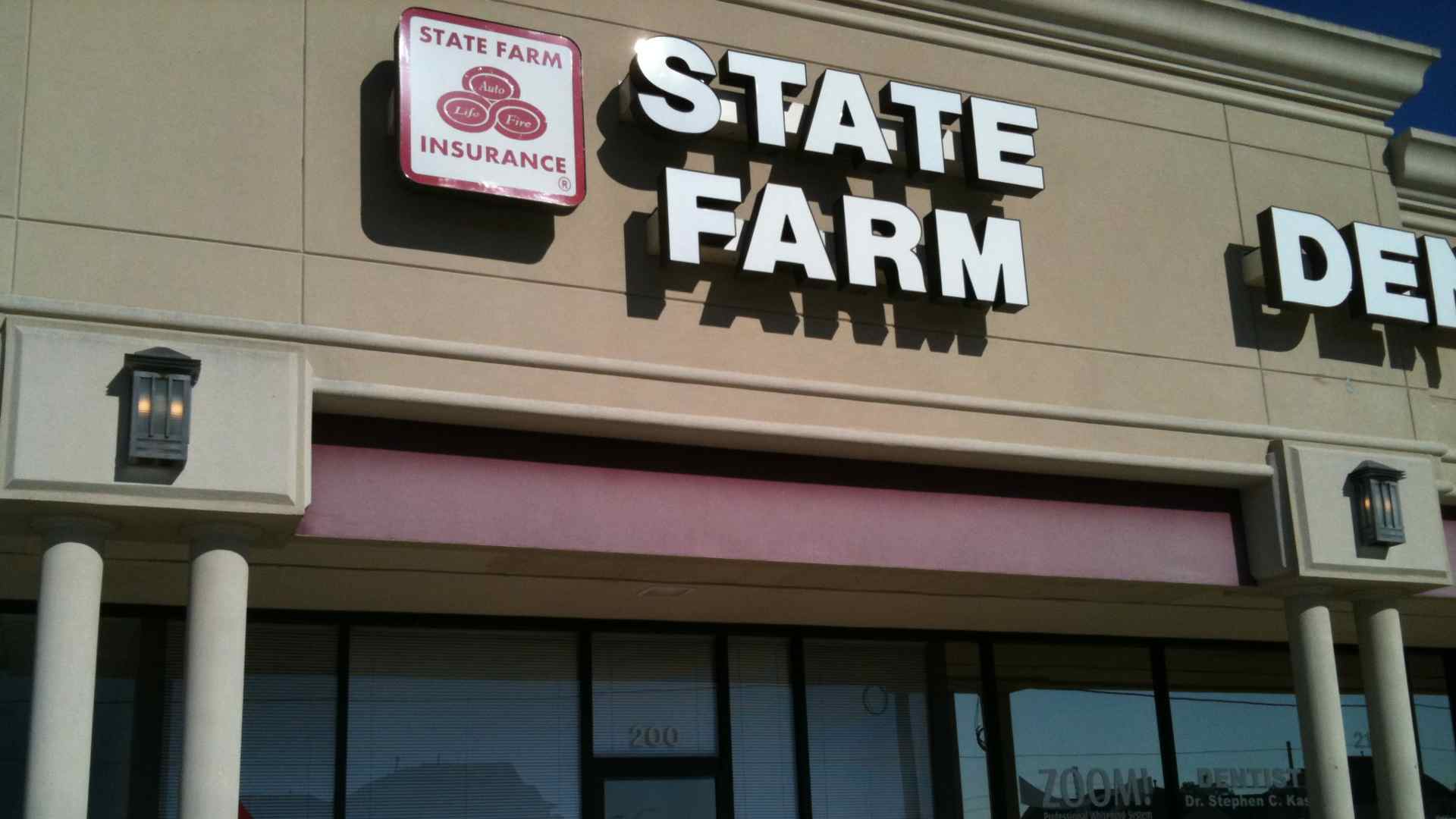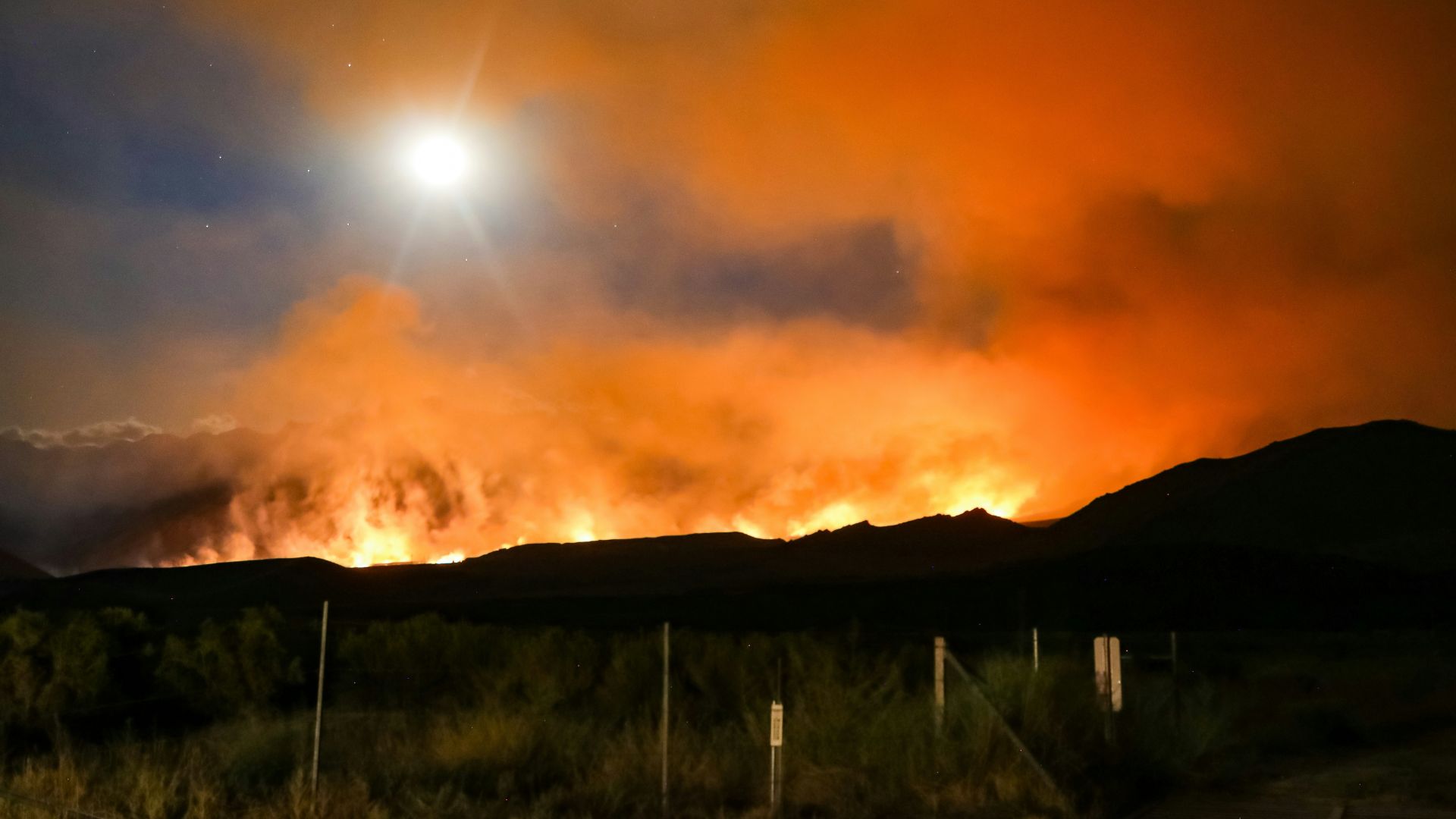State Farm, the largest provider of auto and home insurance in the United States is once again asking for rate increases on residential insurance in California after it had previously stopped selling insurance for new homes last summer.
This demand from State Farm comes as state insurance officials are scrambling to manage what has become a crisis of insurers leaving the state due to the increased financial burdens of wildfires, natural disasters, and the rising cost of construction.
Rate Increase

US insurer State Farm is reportedly seeking an increase by as much as 52% for residential insurance rates in the state of California.
The company, which is also the largest insurer for residential insurance in California, wants a 30% rate increase for homeowners, 52% for renters, and 36% for condominium owners.
State Farm Statement

In a statement about the rate increase demand, State Farm emphasized that the rate hike is important for “working toward its long-term sustainability in California.”
“We continue to look for ways to maintain competitive rates and help our customers manage their risk,” a State Farm spokesperson said. “Customers with questions are encouraged to speak with their local State Farm agent. The agent can review the customer’s policy, including deductibles and coverages.”
Blaming Costs

Last May, State Farm made a similar decision to hike insurance rates after it announced it was ceasing new homeowners insurance applications in the state.
“State Farm General Insurance Company made this decision due to historic increases in construction costs outpacing inflation, rapidly growing catastrophe exposure, and a challenging reinsurance market,” said a State Farm statement.
Reaction of the CDI

At the time of State Farm’s announcement last May, the California Department of Insurance (CDI) tried to reassure customers that the company’s decision wouldn’t affect other companies in the state and asserted that things were beyond their control.
“While insurance companies prioritize their short-term financial goals, the long-term goal of the Department of Insurance is protecting consumers,” said a CDI statement. “The factors driving State Farm’s decision are beyond our control, including climate change, reinsurance costs affecting the entire insurance industry, and global inflation.”
Latest Government Response

California Insurance Commissioner Ricardo Lara issued a statement in response to State Farm’s newest filings seeking insurance rate increases, emphasizing his priority is protecting Californians.
“State Farm General’s latest rate filings raise serious questions about its financial condition,” said Lara. “This has the potential to affect millions of California consumers and the integrity of our residential property insurance market.”
Investigation

In response to State Farm’s request for increased rates, the California Department of Insurance needs to grant approval after an investigation into the company’s finances.
“[We] will investigate State Farm’s financial situation, including a rate hearing on these applications if necessary,” said Lara. “Nothing changes today for State Farm policyholders as a result of these filings. We are going to lead with facts to make sure Californians are protected.”
Insurance Crisis

State Farm is not the only insurer making demands and threatening to pull out of California in response to high costs for keeping people insured.
In April, the Los Angeles Times reported on a huge exodus of California home insurance companies which included big names like Farmers, Allstate, and State Farm. Seven of the twelve largest insurance groups in California as of April had either paused or restricted the issuing of new homeowner’s policies in the state.
Why Are Insurers Leaving?

Like Statefarm, companies are citing several factors for closing up some of their operations in California. One of the most common complaints is the increased risk of wildfires in the state.
The US Environmental Protection Agency (EPA) asserted in February that wildfires are expected to continue increasing in intensity and frequency due to the effects of climate change.
Wildfire Damage

Cal Fire estimates that between 2017 and 2021, the dollar damages of wildfires in the state were nearly $10 billion annually.
In 2024 so far, the number of wildland fires has already exceeded the total reached in all of last year and has burned over 131,483 acres.
Risk to California

The state of California has an increased risk of various natural disasters including fires, earthquakes, floods, mudslides, and more.
Since 1980, there have been 46 confirmed climate disaster events that have caused more than $1 billion in damage to California on their own.
New Strategy

State insurance officials like Lara have acknowledged the problem the state has with insurers and have been working on strategies to mitigate concerns around “stagnant regulations.”
“We have been surviving with 20th-century regulations for 21st-century problems. We are compressing decades of deferral and delay into a one-year timeline of action,” Commissioner Lara told the Assembly Insurance Committee in May. “We have to remain flexible. We have to be responsive. The lesson of the past is that we cannot be locked into another 30 years of stagnant regulations.”
